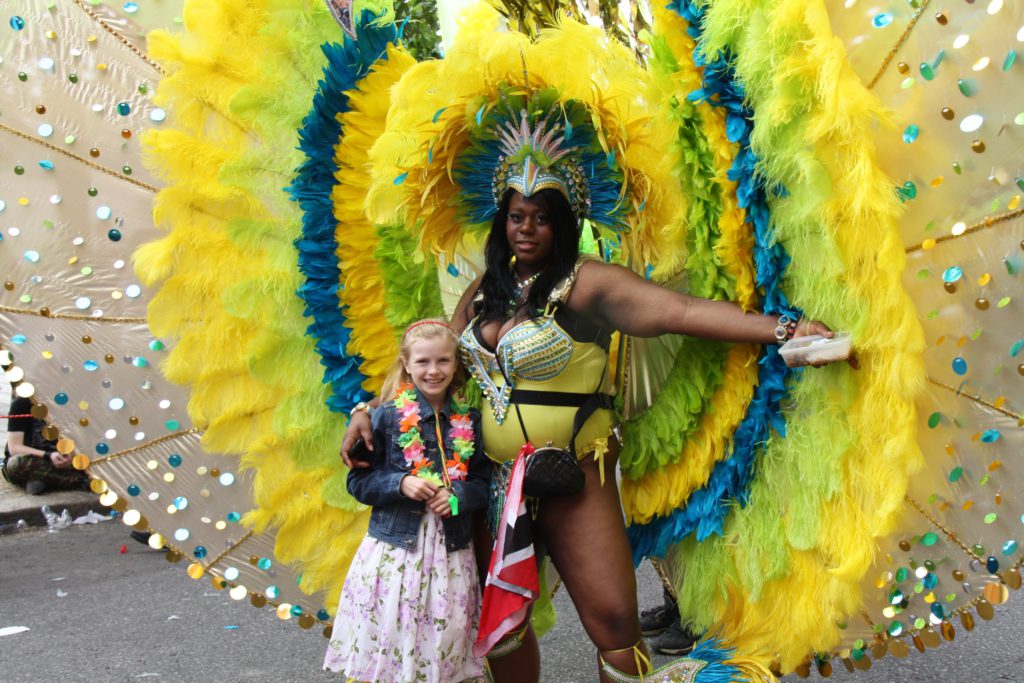Like the route its parade follows, debate about the Notting Hill Carnival has a certain circularity. This has been the case for a long time. Concerns about the size of it, the best location for it, its organisation, and public safety worries associated with it have pursued each other round a self-perpetuating circuit for decades. Breaking out of this closed cycle has been the harder because recurring political and community issues have fostered defensiveness and suspicion. Greater clarity and consensus about the future of one of London’s most precious cultural events could only be a good thing. How, though, can they best be achieved?
At the heart of the problem lie fundamental questions about who and what Carnival is for and, of course, who should decide on the answers. Evidence gathered by the London Assembly’s police and crime committee last year following Carnival’s 50th anniversary noted a distinction made between Carnival’s beginnings as a localised, family-orientated, largely educational event that shared and celebrated London’s Caribbean culture and the burgeoning free London street festival it is seen as becoming.
Senior figures from the London Notting Hill Carnival Enterprise Trust (LNHCET), which organises the event, and local residents appear united in wanting to “bring Carnival back to its roots”, with a reassertion of its original guiding artistic and tuitional values and a better managed street environment to help achieve this.
But if that implies a scaling back of Carnival, which attracts a million people over three days, by introducing ticketing or shortening it to exclude August bank holiday, it is not one either the LNHCET or Kensington and Chelsea Council want. Both consider it impractical and unacceptably at odds with the principle of an open celebration in public space (see appendix 1). The Met has been quite keen on the idea in the recent past, and some point to the ticketing of London’s New Year fireworks display as an example of necessary demand management and enhanced crowd control that has worked well. It is, though, hard to see such measures being applied.
The other main school of thought is that Carnival has simply become too big to be safely or satisfactorily contained within North Kensington’s residential streets (where victims of the Grenfell Tower fire were remembered today). When he was Mayor, Ken Livingstone, a strong multiculturalist always keen to big up London’s “world city” appeal, produced proposals for making Hyde Park the starting point for the Carnival parade, from where it would proceed to its home neighbourhood. Though presented as a way of upscaling Carnival in a positive way, organisers and core participants of the time did not warm to the idea. And when Livingstone staged his own, separate, Caribbean Showcase in the park on the bank holiday of 2005, it was perceived as an attempt to undermine Carnival rather than complement it, as Livingstone claimed.
That episode is a reminder that tensions between community autonomy, political objectives and state interventions at various levels of various kinds have played a central part in Carnival’s evolution from the start. They underpin its very birth in the aftermath of the explicitly racial riots of 1958 that were portrayed in Colin McInnes’s novel Absolute Beginners and became embedded in a wider post-war British anxiety about culture, ethnicity and immigration.
An eruption of violence between young black men and police at Carnival in 1976 is sometimes seen as the onset of a period of such conflicts, embracing Brixton and Tottenham in London and other cities in the first half of the 1980s, all occurring within the context of national social and economic turbulence. Resulting media preoccupations with crime rates and violent crime at or near Carnival as the summer comes to its end is therefore unsurprising, though hardly helpful. The persistent focus on it as an often ominous bellwether of criminality and community relations in London and beyond is unfair and may add a self-fulfilling impetus that no one needs.
That doesn’t alter the fact that community safety in its broadest sense must form part of a larger discussion about the Notting Hill Carnival that it merits and needs. It has become a huge occasion. The attractions of sustaining it in its own backyard are persuasive and obvious: an enhanced grasp of all aspects of London’s own history can only do the city good. At the same time, no change is no option. London is never still, Caribbean London included. It is spreading and evolving across the metropolis as every population cluster has always done. Carnival itself has reflected change down the years, notably through the consolidation of sound systems within it, alongside the floats, steel pans and costumes of mas.
Just as there is a case for reasserting Carnival’s founding goals, so too there may be one for augmenting it with genuinely complementary events elsewhere in the capital, organised through the same channels and held at the same time. The London Assembly committee recommended a newly constructive relationship between the LNHCET and the Mayor, enabling Carnival to be better organised and financed without being appropriated by City Hall. Its main concern was police and crime following an increase in arrests in 2016. But could the principles laid out be more generally applied to build a flourishing future for one of the capital’s most treasured institutions?
Photograph from Carnival 2011.
